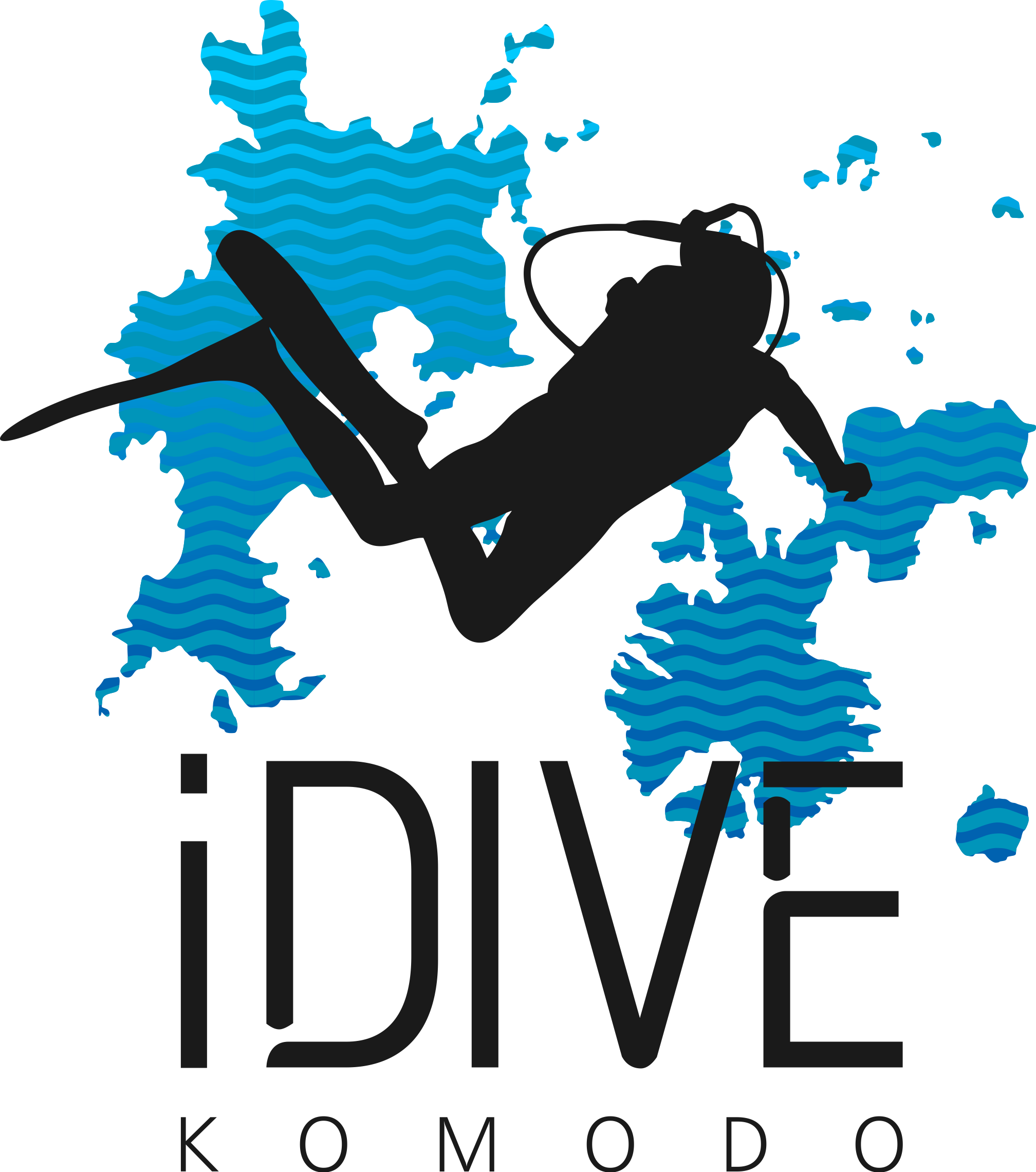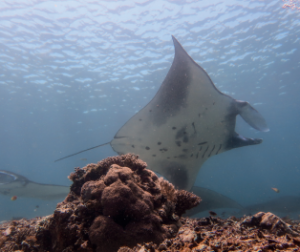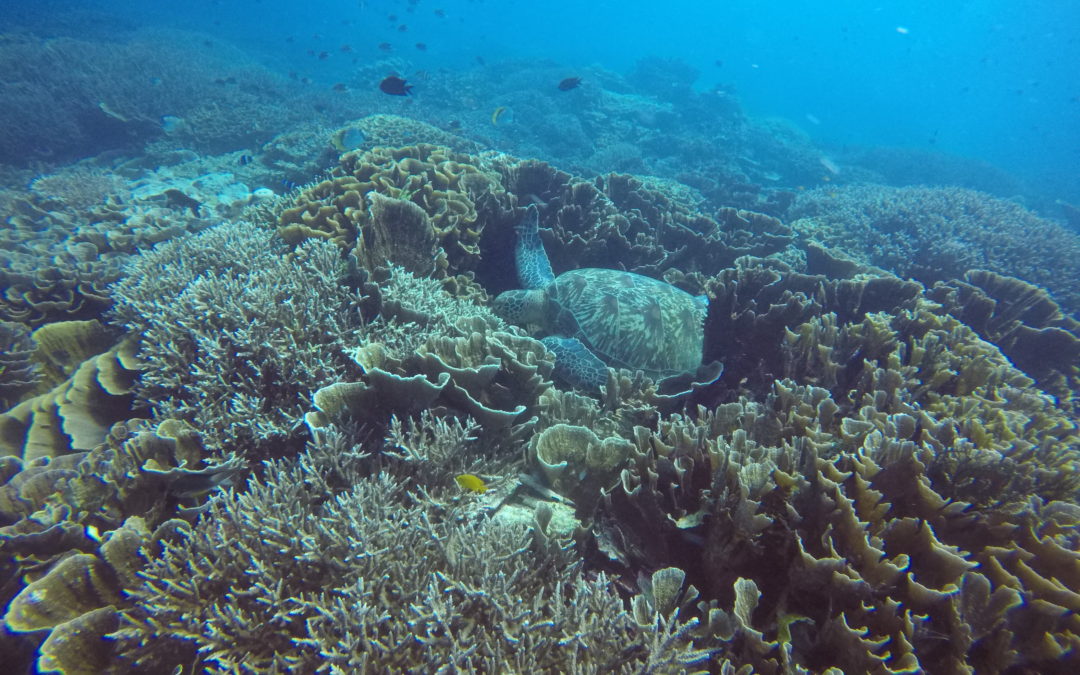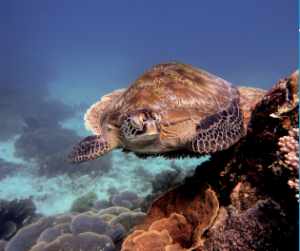So you already decided to visit Komodo National Park for your next diving excursion. Congratulations! Komodo might be one of the best place to dive in the whole entire world and you’re definitely not going to regret your decision. You might have started your research and might be overloaded with information. You might hear that Komodo is a scary place with crazy currents for advanced diver only. Don’t worry, we’re here to help you! Here are 5 safety tips which are very important for you so you can dive safely in Komodo National Park.
1. Make sure emergency equipment is available
Emergency equipment should be available on board such as life jackets, emergency oxygen, and first aid kit. In case anything happens, you would want to be given the proper first aid immediately as when you’re out in the ocean it can take some time to reach nearest hospital in Labuan Bajo. Also make sure that you have a signaling tool on you (such as a surface marker buoy – SMB) to make sure you can make a safety ascend and can be easily spotted if you become separated from the group
2. Check the rental equipments
 Make visual inspection and ask about the age and maintenance status. Old looking equipment is a red flag as you definitely don’t want to take a risk of malfunctioning equipment underwater. Sometimes it’s quite common that the crew sets up the gear for you. Always do the check on your own to make sure everything is working as expected and always ask for a change of equipment if something is off.
Make visual inspection and ask about the age and maintenance status. Old looking equipment is a red flag as you definitely don’t want to take a risk of malfunctioning equipment underwater. Sometimes it’s quite common that the crew sets up the gear for you. Always do the check on your own to make sure everything is working as expected and always ask for a change of equipment if something is off.
3. Check guide qualification
Check your guide’s certification and make sure they have adequate papers to proof their qualifications. The regulations of minimum required license to guide in Indonesia is not strict, as occasionally rescue divers guiding dives might be acceptable. But in Komodo, you want to make sure your guide is at least a divemaster and no less (not a trainee). You should inquire about their experience as well because not only general diving experience is needed, but the knowledge of local dive sites are key to make sure they know to handle different situations in each dive sites. If possible, stick to local guides who have dived in Komodo in a long time, they know the dive sites like the back of their hands.
4. Dive according to your certification and comfort level.
Several dive sites might be suitable for more advanced divers (like the north of Komodo National Park – Crystal Rock, Castle Rock, Cauldron). If you are a new diver with a small number of logged dives, go to beginner friendly dive sites. Beware of operators who underplay the conditions of advanced dive sites. When you are actually diving, make sure you stay within your max depth limit according to your certification. Most importantly, dive within your limits, make sure you are comfortable with the plan. If you are just starting out don’t worry, you can build up confidence first diving in calmer dive sites!
5. Pay attention to the briefings
 General and dive site briefings might be more extensive in Komodo, as it needs to be, to make sure everyone is well aware and informed about the communication underwater, the dive plan, and the strategy. Always pay attention to the briefings, the more detailed it is, the more safety minded the operator and the guides are. And always remember: always stay behind the guide, always stay close to the group, always stay close to the reef.
General and dive site briefings might be more extensive in Komodo, as it needs to be, to make sure everyone is well aware and informed about the communication underwater, the dive plan, and the strategy. Always pay attention to the briefings, the more detailed it is, the more safety minded the operator and the guides are. And always remember: always stay behind the guide, always stay close to the group, always stay close to the reef.
In the end, don’t worry, there are plenty of different things in Komodo for everyone with different levels (no certification, open water, advanced and beyond) to enjoy. The most important thing is to know and set your own limits and be conservative. The diving here is top notch and definitely will be an experience you will never forget!









 Make visual inspection and ask about the age and maintenance status. Old looking equipment is a red flag as you definitely don’t want to take a risk of malfunctioning equipment underwater. Sometimes it’s quite common that the crew sets up the gear for you. Always do the check on your own to make sure everything is working as expected and always ask for a change of equipment if something is off.
Make visual inspection and ask about the age and maintenance status. Old looking equipment is a red flag as you definitely don’t want to take a risk of malfunctioning equipment underwater. Sometimes it’s quite common that the crew sets up the gear for you. Always do the check on your own to make sure everything is working as expected and always ask for a change of equipment if something is off. General and dive site briefings might be more extensive in Komodo, as it needs to be, to make sure everyone is well aware and informed about the communication underwater, the dive plan, and the strategy. Always pay attention to the briefings, the more detailed it is, the more safety minded the operator and the guides are. And always remember: always stay behind the guide, always stay close to the group, always stay close to the reef.
General and dive site briefings might be more extensive in Komodo, as it needs to be, to make sure everyone is well aware and informed about the communication underwater, the dive plan, and the strategy. Always pay attention to the briefings, the more detailed it is, the more safety minded the operator and the guides are. And always remember: always stay behind the guide, always stay close to the group, always stay close to the reef.